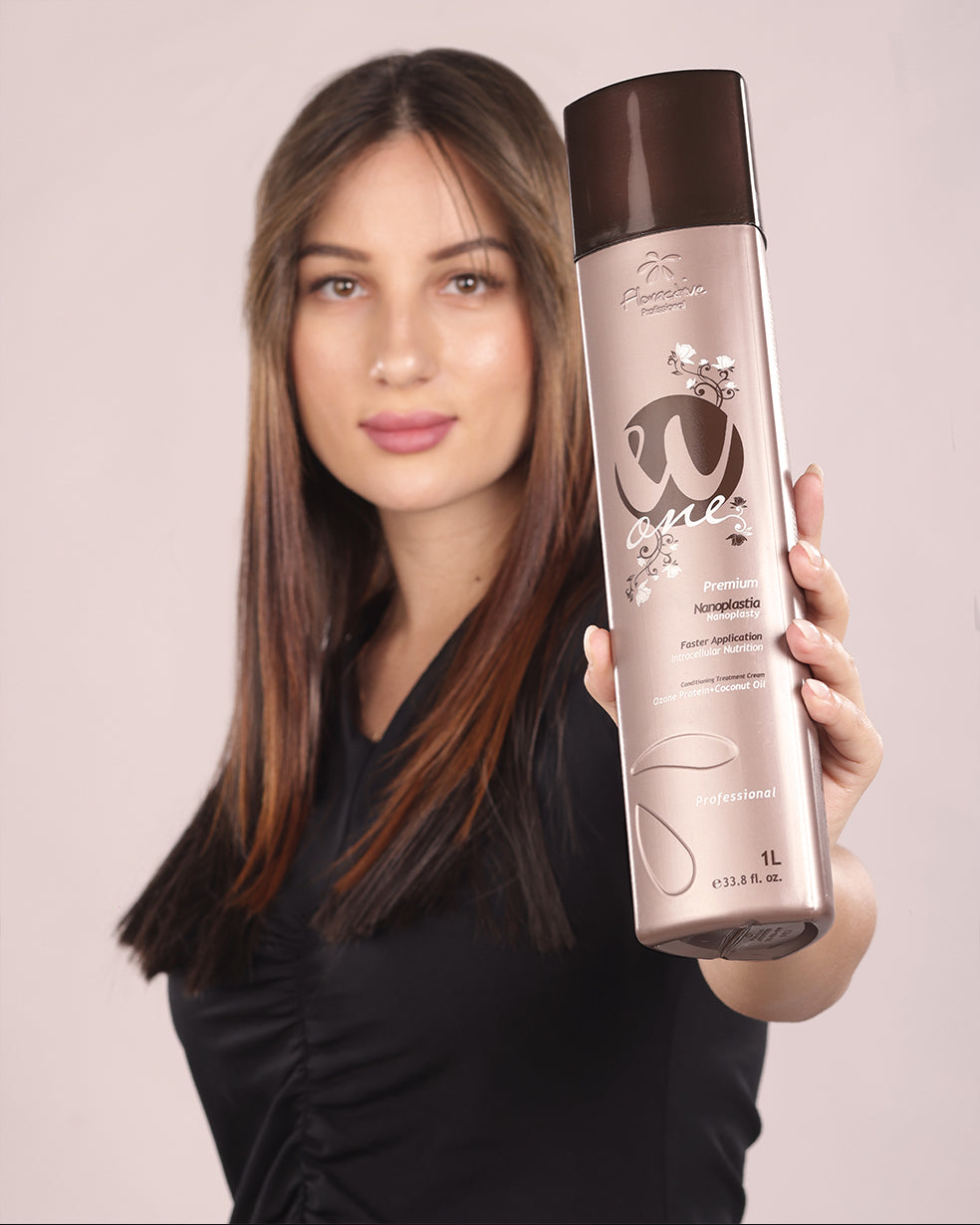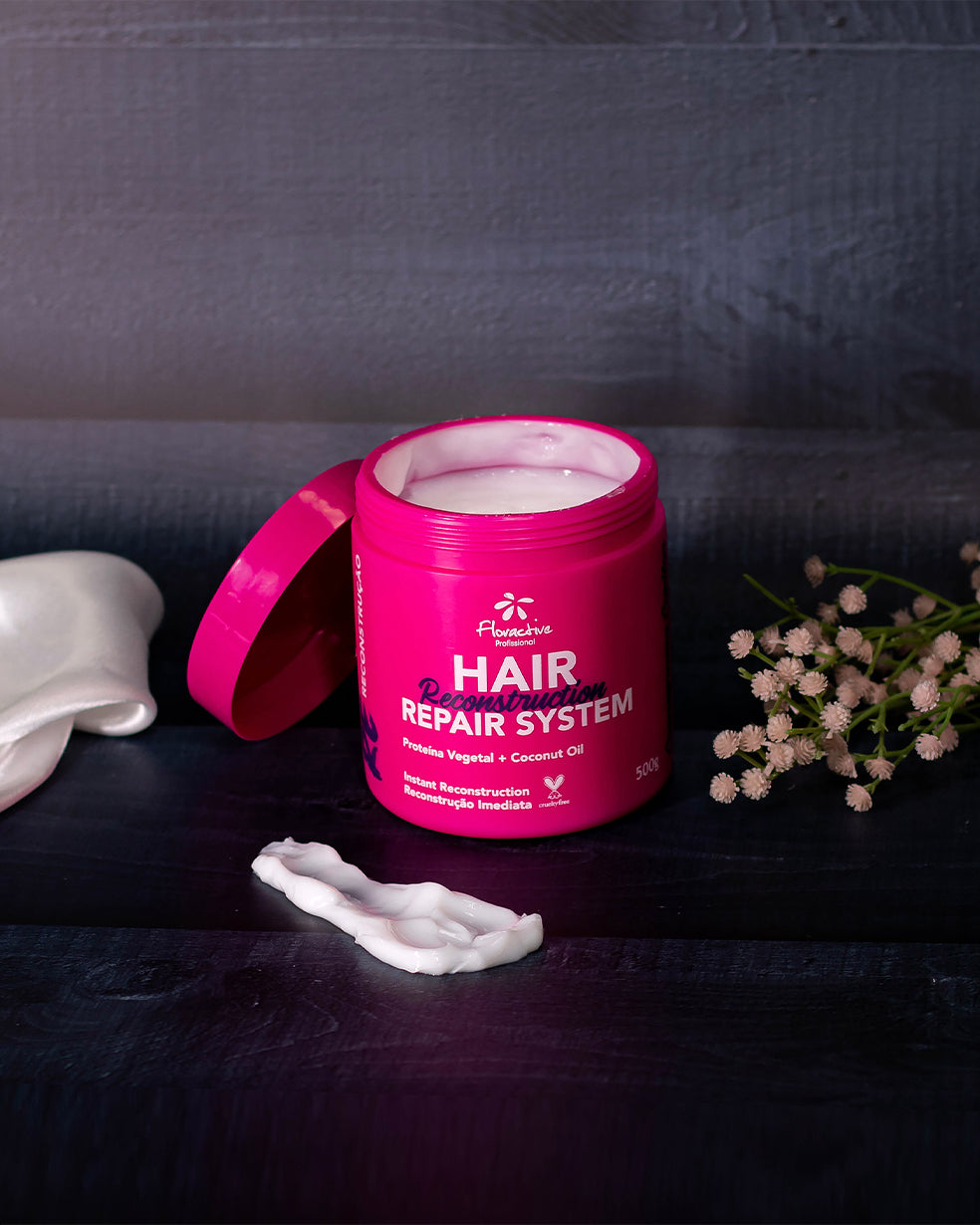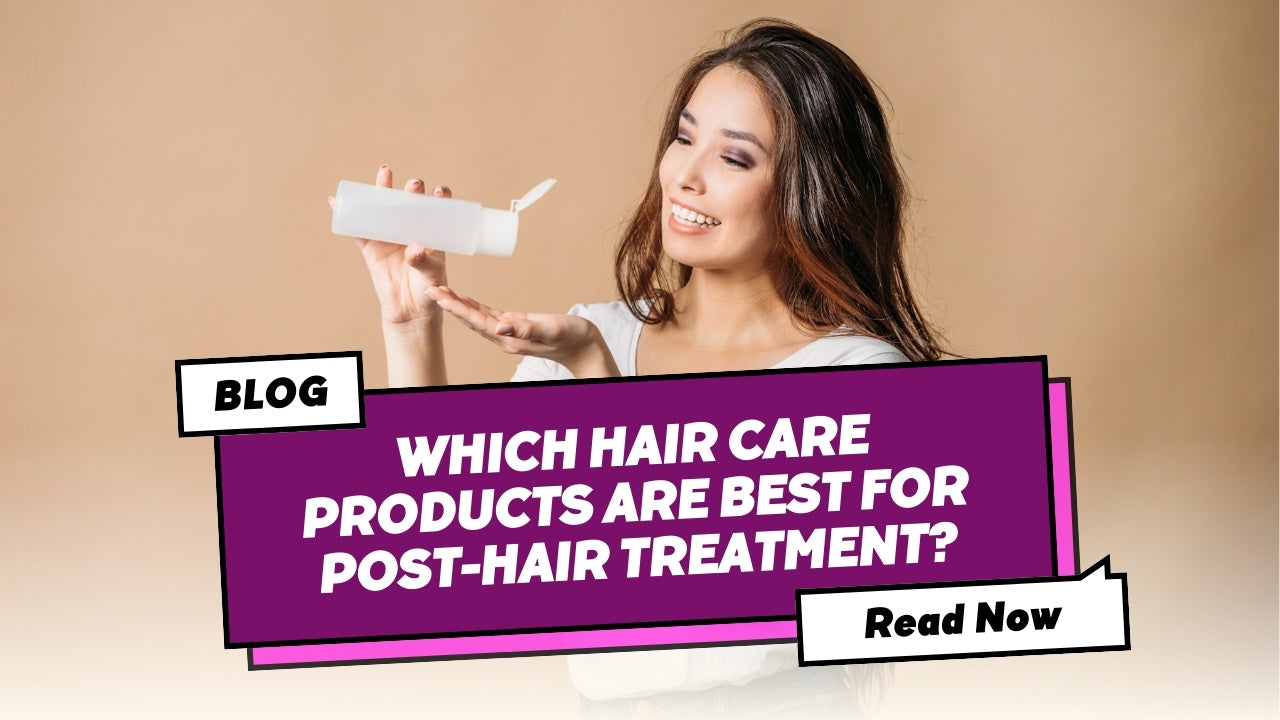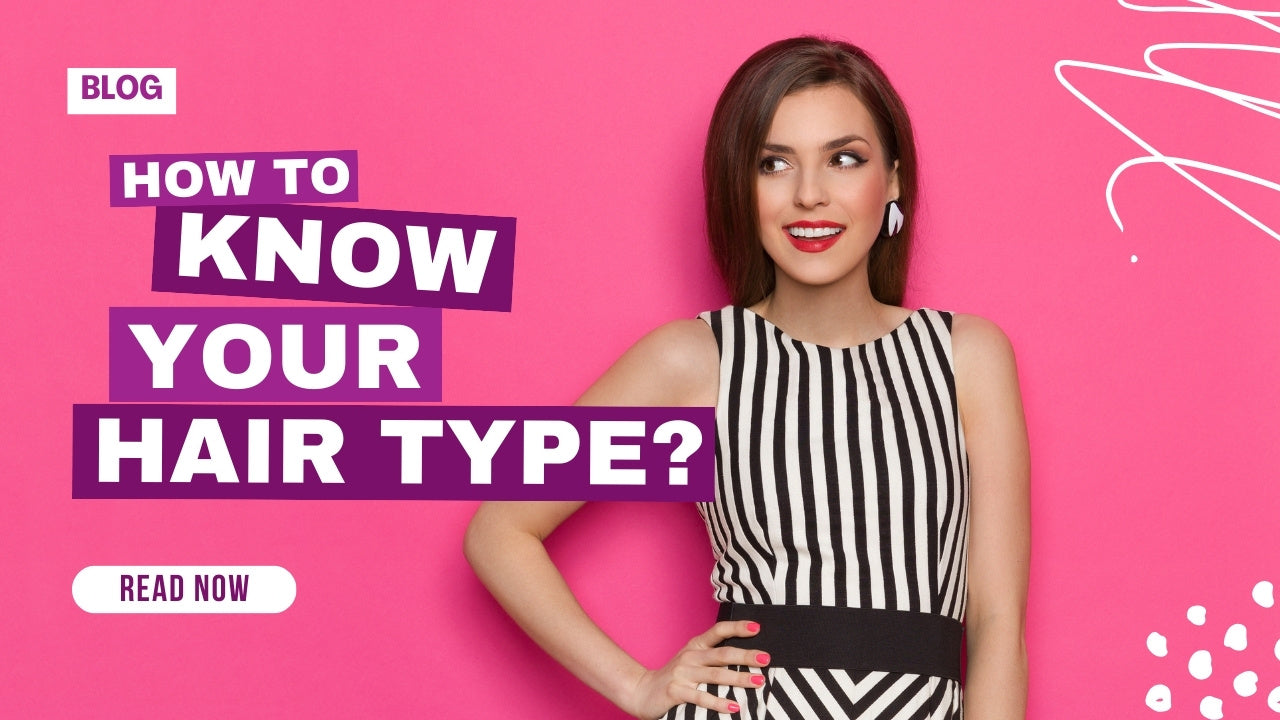
Everything You Need to Know About Hair Texture
Choosy about hair care products! But have you ever considered your hair texture before picking them? Hair texture plays a vital role in creating a personalized hair care routine.
Yet, people often confuse it between hair condition and density. So, to troubleshoot this confusion, we have got you a comprehensive guide about hair texture. Moreover, we’ll also discuss different types of hair texture and easy tests to know yours.
Hence, stay tuned till the end to know the importance of hair texture and understand your hair better.
What is hair texture?
Hair texture refers to the thickness of individual hair strands. It is a critical factor that influences your hairstyle and its appearance. However, it is often mistaken for hair condition (overall hair health, for instance, smooth, frizzy, or oily hair) or density (total number of strands).
Hair texture is a complex hair characteristic influenced by various factors, including genes, hair care practice, diet, and lifestyle. Although you can’t change your hair follicles, you can improve the appearance of your hair through proper diet, hormones, and hair care.
Types of hair texture based on thickness
- Fine hair: Hair with the thinnest diameter of individual strands comes under fine hair. Such hair has only two layers: cortex and cuticle. Fine hair is often stiff to style and manage. On top of this, they quickly get oily and weighed down with heavy products, leading to hair breakage.
Besides this, fine hair also comes with unique benefits. As they have only two layers, they hold curls and style well if cared for with the proper technique.
- Medium hair: As the name suggests, hair with medium diameter and thicker than fine hair is medium hair. This is the most common texture found among people. Medium hair also has only two layers, but some include a third medulla. Such hair is easy to manage and versatile with all hairstyles.
- Coarse hair: Hair with thicker individual hair strands is coarse hair. These are the most versatile hair as they are more tolerant to heat and can handle different hair care products and dyes.
However, as they are thick, they take longer time to dry and are prone to frizz and damage.

How do you test your hair texture?
Testing texture is simple through strand tests. Here are two methods to do so:-
Method 1:
Follow the below steps to test your texture through the touch strand test:-
Step 1 - Pull one hair strand from the crown area, be gentle.
Step 2 - Pinch and rub the hair strand between your fingers a few times.
Step 3 - Observe the texture and compare it with the below points
- If the hair strand is barely noticeable with little or smooth texture, it is Fine hair.
- If you feel a slight texture and a little thick strand, it's Medium hair.
- It is Coarse hair, if it is easily noticeable, and has a rough and bumpy texture.
Most often, the smoothness of hair easily helps to identify its texture. Fine hair is smooth to feel, while coarse hair is often rough and wiry. However, smoothness may vary based on hair care and genes. So, it is better to take a test before concluding.
Method 2:
Follow the below steps to test your texture through a visual strand test:-
Step 1 - Take a white paper and sit in a well-lit area.
Step 2 - Gently pull out a strand from the crown area.
Step 3 - Lay the hair strand on white paper.
Step 4 - Observe the hair strand and compare the observations with below points.
- If the hair is least noticeable and appears thin against a white background, it’s primarily Fine hair.
- If the strand is thick and noticeable on paper, you may have Medium hair.
- If the hair strand is thick and easily noticeable on the paper, you have Coarse hair.
Following the above methods, you can quickly test your hair strands and know its texture.
Why is it essential to know about hair texture?
As you have come down here, you might wonder why it is essential to know hair texture. Here are key reasons to know about your texture:-
- Improve hair care practices: By understanding your texture, you can improve your daily hair care and styling practices. Your texture is directly influenced by hair-washing frequency and styling techniques. For instance, fine hair tends to get oily faster and struggles with heavy styling tools, leading to frequent hair wash. At the same time, coarse hair retains oil naturally and goes well with heavy products; it can be washed less often.
- Choose the right product: Texture helps you to pick the right hair care products as different hair texture benefits with suitable products. Fine hair requires lightweight and volumizing products, while coarse hair requires more conditioning products to troubleshoot dryness.
- Troubleshoot hair issues: Knowing your texture helps troubleshoot hair concerns and minimise potential damage. Fine hair is prone to breakage and weighing down, so you can add gentle brushing and lightweight products in hair care to avoid damage. On the other hand, coarse hair suffers dryness and split ends, which can be avoided by regular trims and deep conditioning.
- Improve manageability: Hair texture influences how your hair appears and goes with the hairstyle. Understanding it helps you to choose hairstyles that complement your hair texture and make it easy to manage.
Conclusion
Many people mistake hair texture for how your hair feels to touch, whereas hair texture refers to the thickness of each hair strand. Understanding your hair texture is a significant aspect of building an efficient hair care routine. So, without delay, quickly try the above-mentioned test and use Floractive products to get healthy hair.











Leave a comment
This site is protected by hCaptcha and the hCaptcha Privacy Policy and Terms of Service apply.